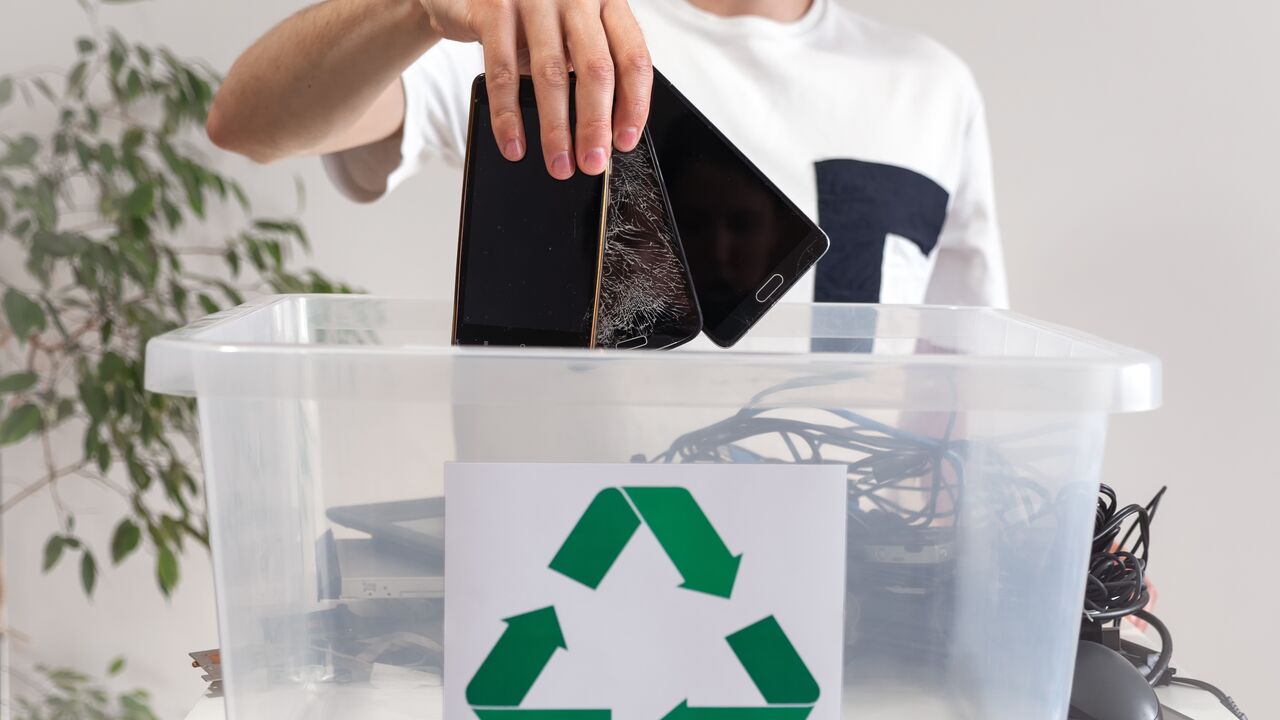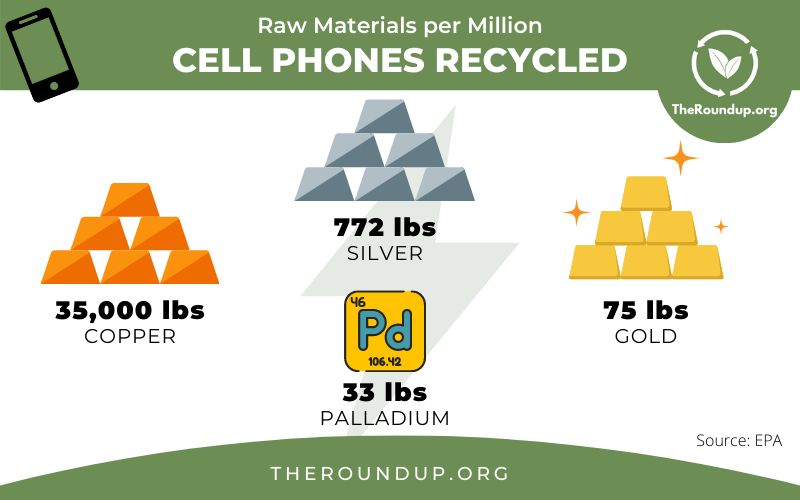The 7-Minute Rule for Recycling Lives Services
The 7-Minute Rule for Recycling Lives Services
Blog Article
Recycling Lives Services - An Overview
Table of ContentsGet This Report about Recycling Lives ServicesSome Known Details About Recycling Lives Services Things about Recycling Lives ServicesThe 15-Second Trick For Recycling Lives ServicesSome Known Questions About Recycling Lives Services.

Furthermore, all Oxfordshire local authorities accept vapes and e-cigarettes as a different kerbside collection. Non reusable vapes be put inside your wheelie bins. Exactly how they are accumulated in each area varies somewhat; examine you have the right details for your area. Make use of the Waste Wizardsearch device to inspect exactly how your neighborhood authority accumulates this waste or discover various other drop-off areas in your area.
Mobile batteries the kind you locate in tiny portable tools can additionally be reused at the kerbside yet not inside any of your containers. Bigger stores that offer batteries likewise have collection points for recycling old batteries.
A Biased View of Recycling Lives Services
Older-style filament or halogen light bulbs can be disposed of in your general rubbish container at home. Some DIY stores likewise have collection factors for light bulbs.

Not known Facts About Recycling Lives Services
Electric things are damaged down into separate pasts so that the different materials they are made up of can be eliminated and reused. Waste recycling centres are for usage by homeowners just and can not accept waste from commercial resources. However, local business and investors have a duty of care under this scheme, which suggests they also need to abide by the WEEE laws.
E-waste, digital waste, e-scrap and end-of-life electronics are terms typically utilized to define made use of electronic devices that are nearing the end of their beneficial life, and are disposed of, donated or offered to a recycler. The UN defines e-waste as any kind of disposed of items with a battery or plug, and features toxic and harmful substances such as mercury, that can present extreme threat to human and ecological health.
An Unbiased View of Recycling Lives Services
Only 17.4% of this digital waste, having a combination of harmful substances and valuable products, will certainly click here for more info be tape-recorded as being appropriately accumulated, treated and reused - https://www.pageorama.com/?p=rcyclng1vssvc. Numerous efforts are taken on to tackle this growing problem, yet none of them can be completely reliable without the active duty and appropriate education and learning of consumers

Moreover, extracting discarded electronics produces 80% much less exhausts of co2 each of gold compared to mining it from the ground. In 2015, the removal of resources accounted for 7% of the world's power consumption. This indicates that relocating in the direction of making use of even more additional resources in electronic items can aid considerably within the targets laid out in the Paris Contract on climate change.
How Recycling Lives Services can Save You Time, Stress, and Money.
When the carbon dioxide launched over a device's lifetime is taken into consideration, it predominantly happens throughout production, before customers buy a product. This makes reduced carbon processes and inputs at the manufacturing phase (such as usage recycled raw materials) and product lifetime crucial determinants of overall ecological influence.
Even in the EU, which leads the world in e-waste recycling, just 35% of e-waste is formally reported as properly gathered and reused. Globally, the average is 20%; the staying 80% is undocumented, with much finishing up hidden under the ground for centuries as landfill. E-waste is not naturally degradable. The absence of reusing taxes the worldwide digital sector and as devices become more many, smaller and much more complicated, the problem intensifies.
The remaining mass of e-waste mainly plastics laced with metals and chemicals positions a more intractable issue. A brand-new vision for the manufacturing and usage of electronic and electrical goods is required. It is very easy for e-waste to be mounted as a post-consumer issue, however the issue encompasses the lifecycle of the devices everyone uses.
Report this page